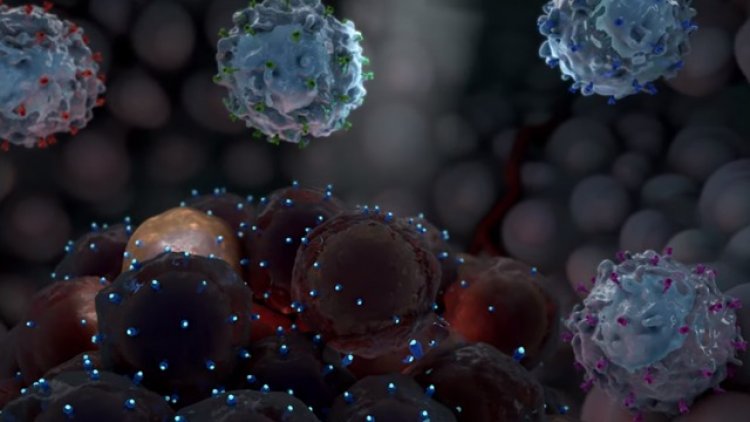Decoding Cancer: Diagnosis, Stages, Grade and Treatment

Whenever the diagnosis of cancer is made, it is commonly made when the cancerous cells are seen under the microscope. Rarely the diagnosis is made without this. The diagnosis is carried out either via ‘FNAC’ or a biopsy. Fine Needle Aspiration Cytology (FNAC) is the easiest procedure wherein a small needle is passed to the tumor/ gland/ lump and the fluid containing cancer cells is aspirated and seen under a microscope. This has a lot of limitations, the most important one is not getting the cancer cells in the aspirate and negative FNAC doesn't rule out the presence of cancer.
The diagnosis
‘Biopsy’ means taking a small piece of the tumor out. This is a much better way of reaching the diagnosis and the sample if adequate can gives us much more information about cancer when processed further. When the entire tumor or node is removed, then the procedure is called an ‘Excision Biopsy’. Once the sample is received, the diagnosis is made by seeing the sample (after processing) under the microscope. The report generated after this is called a histopathology report. The cancer pathogens see the cells and diagnose cancer.
How to know about the type and origin of cancer?
More often than not, further information regarding the exact type and the place of origin is needed. This is achieved by performing IHC or Immuno-Histo-Chemistry wherein the sample is subjected to various chemical dyes and the type of origin of all the cancer cells is found out. When these tests are performed by isolating circulating tumors from blood cells, the procedure is called a Liquid Biopsy. This avoids doing more morbid procedures to procure a piece of tumor from the body. In recent times, the tumor sample and or blood is subjected to gene studies or ‘Genetic Analysis’ where the changes in the genes are analyzed and the exact molecular changes in the cancer cells are noted. Another medical terminology which is commonly used while reporting is a Representative Sample. In order to understand this, we have to know that while a biopsy is taken, it may happen that the piece or sample removed was not from the exact place or tumor, and then obviously the tumor cells are not collected. Such a sample doesn't show any cancer cells. This is called a Non-Representative sample, as it is not collected from the desired place.
Grades of Tumor
When the histopathology report is obtained it also shows the ‘Grade’ of the tumor. It is not uncommon for laymen to think that it is the ‘Stage’ of the tumor or cancer. Grade and Stage are entirely two different entities. The grade tells us about the rate at which the cancer cells are doubling or the rate at which cancer cells are growing. Shorter the time taken by one cancer cell to become two higher is the grade. At times, the grade is also mentioned as per the differentiation of the cells. A well-differentiated tumor means a slow growing tumor and a poorly differentiated tumor means a fast-growing tumor. In between the two is the moderately differentiated tumor. Thus, grades are III, and grade I is a slow growing or well-differentiated tumor.
Grade III is a fast-growing or poorly differentiated tumor in between the two is grade II or moderately differentiated tumor.
Stages of Cancer
Once the pathological identification of cancer cells is complete with grading and IHC, the next part of staging begins. Stage denotes the extent or geographic extension of cancer. There are 4 stages of cancer, in the first stage, the cancer is very small and limited to a small place in the second and third stages it goes on increasing in size and starts extending to the nearby areas and may go to the respective small regional lymph nodes. Lymph nodes are the Structures of the circulatory system which tries to kill cancer through orchestrating various body mechanisms. When cancer starts out smarting these, it attacks the lymph nodes of the same region.
When the cancer cells travel outside the lymph nodes, enter blood circulation, and reach other organs, the stage is called the fourth stage. Hence, it is important to diagnose cancer at an early stage. One should not neglect or take lightly the various symptoms of cancer. Early diagnosis is the key to cure. Staging of cancer is done either by radiological methods like CT scans, MRIs, sonography, or Nuclear scans (PET scans). Very rarely nowadays, surgery is performed to stage cancer. The treatments are decided on the type of cancer and the staging. There are primarily Local Treatments dealing with the tumor at that place. They are surgery and radiation.
The other types of treatments are given to the entire body to achieve a total kill of cancer cells. These are chemotherapies, hormonal therapies, targeted therapies, immunotherapies, and genetic therapies.















































